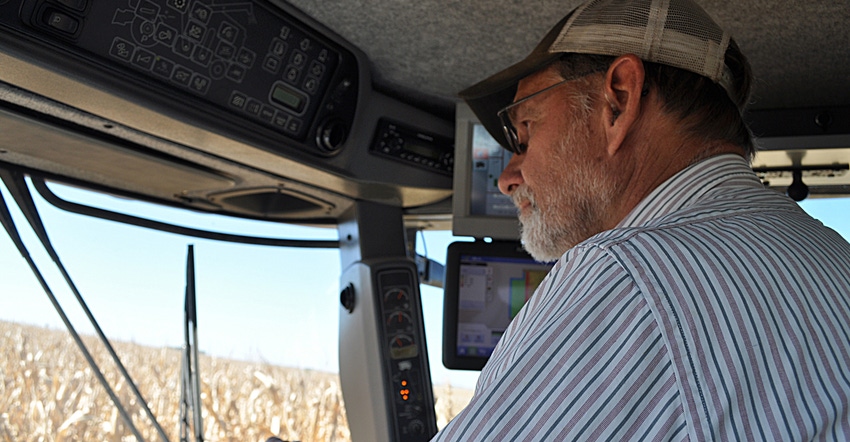July 8, 2019

2019’s wet spring prevented many farmers from getting all their corn and soybean acres planted. For farmers who are taking the prevented planting option offered by crop insurance on some of their acres this year and who have never experimented with planting cover crops, the 4R Plus panel can help with questions.
“Prevented planting acres provide a great opportunity for farmers who haven’t planted cover crops in the past to do some experimenting,” says Roger Zylstra, a Jasper County farmer, part of the 4R Plus panel. “Planting cereal rye, radishes, turnips and maybe even some rapeseed in July provides the crop with an excellent chance for good results.”
What’s your goal with a cover crop?
Mark Heckman, a farmer from Muscatine County agrees and encourages farmers to focus on the task they hope to accomplish. “In my case, I want to suppress weeds and retain nutrients,” he says. “Where I have the prevented planting acres, I’m looking at a mix of rye for weed suppression and to hold soil structure, and I will add radishes to hold the nutrients.”
Heckman says this fall the radishes will die, and the rye will come back next spring.
Some farmers applied nitrogen to land where they were planning to plant corn in 2019, and now those acres have ended up as prevented planting acres. Doug Adams, a Humboldt County farmer, encourages farmers who applied nitrogen on these acres to plant a cover crop because the N will leach away if it isn’t used by a crop. “That cover crop, by taking up the nitrogen, can return it to the soil,” he notes.
 COVER CROP MIX: “I’m looking at a mix. Rye for weed suppression and to hold soil structure. I’ll add radishes to hold the nutrients,” says Muscatine County farmer Mark Heckman.
COVER CROP MIX: “I’m looking at a mix. Rye for weed suppression and to hold soil structure. I’ll add radishes to hold the nutrients,” says Muscatine County farmer Mark Heckman.

“I’d lean towards a grass-based cover crop like oats, wheat or cereal rye, as the residue from those crops is easy to handle,” Adams says. “Growing something like sorghum might have a greater need for nitrogen and will grow more biomass, but it may be intimidating when thinking of planting something into that residue next spring. However, if terminated early and allowed to break down yet this year, it would act like cornstalks.”
Consider 2020 crop rotation plans
Adams says farmers need to consider their crop rotation plans for 2020 when selecting a cover crop this year. “Selecting a cover crop that will complement the cash crop next spring is ideal,” he says. “If going to corn in 2020, consider planting a legume cover crop now that can generate some nitrogen this summer, such as cow peas or some type of clover. If going to soybeans in 2020, I’d try to plant a higher-residue type of cover crop this summer because we need to keep the soil covered to reduce erosion.”
Also, Adams says if any herbicides were applied to the prevented planting field, cover crops should be planted in test blocks. He says 3-by-3-foot test blocks work well to determine if the herbicide will affect the growth of the cover crop. “If just grown only for a cover crop, we don’t need to worry a lot about herbicide label restrictions, but if that cover crop is used for grazing or haying, then follow the label,” he advises.
Multispecies cover crop mix
“Planting a multispecies cover crop mix is always better. With our corn-soybean rotation here in Iowa, this may be the only chance to fit many of these species into our system,” Adams says. “While many farmers will look for the cheapest cover crop option, they need to look at a cover crop as an insurance policy that will hold on to the nutrients and soil on their farm. Since planting corn and beans in 2019 hasn’t gone as planned, I’d like farmers to plan for a successful 2020.”
Adams encourages farmers to discuss their cover crop options with their local Natural Resources Conservation Service office, or local soil and water conservation district commissioners. The Iowa NRCS has developed a guide with suggested cover crops and seeding rates for cover crops on prevented plant acres. To view this guide or to ask one of the 4R Plus Crop Report farmers a question, email [email protected].
Source: 4R Plus, which is responsible for the information provided and is wholly owned by the source. Informa Business Media and its subsidiaries aren’t responsible for any of the content contained in this information asset.
You May Also Like




